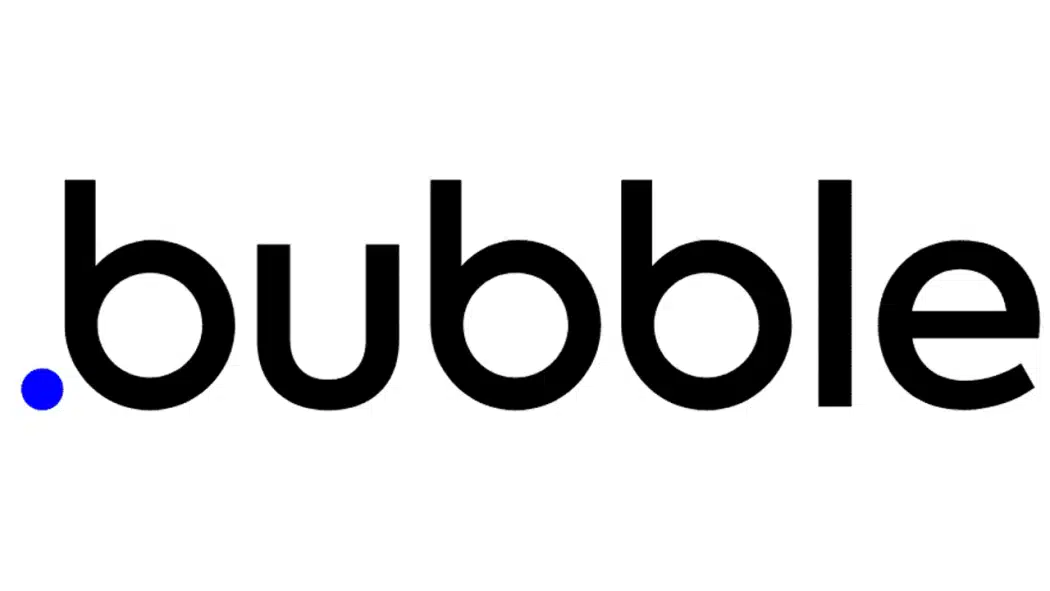Introduction to Integrating GPT Models into Bubble Apps
In the digital age, the integration of advanced AI models like GPT (Generative Pre-trained Transformer) into applications is revolutionizing how we interact with technology. This guide will walk you through the process of integrating GPT models into Bubble apps, enabling you to enhance your applications with AI-driven features. Whether you’re looking to add natural language processing capabilities or automate customer interactions, this tutorial will provide you with the knowledge and tools to achieve your goals.
By the end of this tutorial, you will understand how to set up your Bubble app environment and connect it with GPT models, allowing you to create powerful applications that leverage AI. Learn more about how AI and automation can drive business efficiency. We will cover the necessary steps, from configuring your Bubble app to deploying the GPT model, ensuring a smooth integration process.
What Are GPT Models?
GPT models, developed by OpenAI, are a type of machine learning model designed to understand and generate human-like text. These models have been trained on vast datasets and can perform a variety of tasks, including language translation, summarization, and conversational agents. By integrating GPT into your applications, you can provide users with intuitive and intelligent interactions.
Setting Up Your Bubble App for GPT Integration
Step 1: Create a Bubble Account
- Visit the Bubble website and sign up for an account.
- Once registered, log in to your dashboard.
Step 2: Start a New Project
- Click on “New App” in your Bubble dashboard.
- Choose a name for your application and select a template or start from scratch.
- Configure the initial settings for your app, such as language and privacy options.
Step 3: Familiarize Yourself with Bubble’s Interface
Spend some time exploring the Bubble interface. Understanding how to navigate the various tools and features will help you efficiently integrate GPT models into your app.
Connecting GPT Models to Your Bubble App
Step 4: Obtain API Access to GPT Models
- Visit the OpenAI API page and create an account if you haven’t already.
- Apply for access to the GPT models and obtain your API key.
Step 5: Set Up API Connector in Bubble
- In your Bubble app, navigate to the Plugins tab.
- Click on “Add Plugin” and search for the “API Connector” plugin. Install it.
- Open the API Connector and create a new API call.
- Enter the API details from OpenAI, including the endpoint URL and your API key.
Step 6: Configure Your API Call
- Set the API call method to POST.
- In the body of the request, include the necessary parameters for the GPT model, such as the prompt and any specific settings.
- Test the API call to ensure it’s working correctly and returning the expected results. To understand more about automating tasks with AI, explore how GPT integrates with Zapier for automation.
Building Features with GPT in Bubble
Step 7: Create a User Interface
- Design the user interface in Bubble where users can input text or interact with the GPT model.
- Use Bubble’s drag-and-drop editor to add text input fields, buttons, and display areas for the AI’s responses.
Step 8: Implement GPT Functionality
- Link the input fields to the API call you configured earlier.
- Set up workflows in Bubble to trigger the API call when a user interacts with your app.
- Display the GPT model’s responses in the designated areas of your app interface.
Step 9: Test Your Application
- Run your app in Bubble’s preview mode to test the integration.
- Check for any issues or errors in the API calls and workflows.
- Make adjustments as necessary to improve the functionality and user experience.
Real-World Applications of GPT in Bubble Apps
Integrating GPT models into Bubble apps opens up a world of possibilities for developers. Here are some real-world applications:
- Chatbots: Create conversational agents to handle customer inquiries or provide support. See how a customer support bot can be created with the ChatGPT API.
- Content Generation: Automate the creation of blog posts, articles, or product descriptions.
- Language Translation: Develop multilingual applications by leveraging GPT’s translation capabilities.
- Personalized Recommendations: Use GPT to analyze user data and offer tailored suggestions or content.
Takeaway
By following this guide, you have learned how to integrate GPT models into Bubble apps, enhancing your applications with powerful AI features. As you continue to explore the capabilities of GPT and Bubble, consider the potential impact on user engagement and satisfaction. The integration of AI into your applications not only streamlines operations but also provides users with a more interactive and intelligent experience. Continue to experiment and innovate, and your Bubble apps will stand out in the competitive digital landscape.

